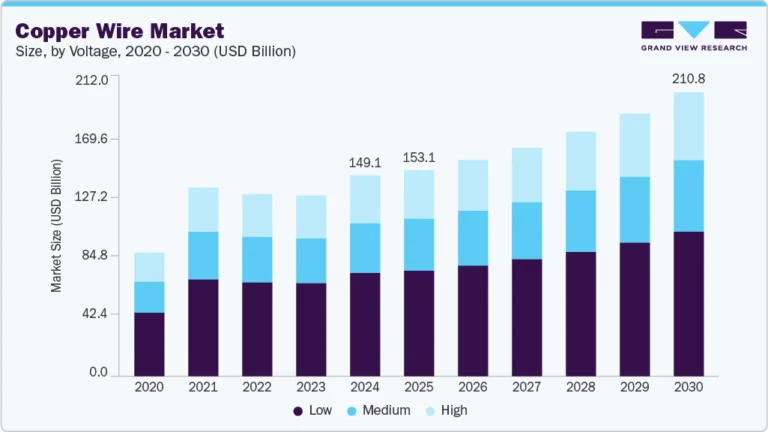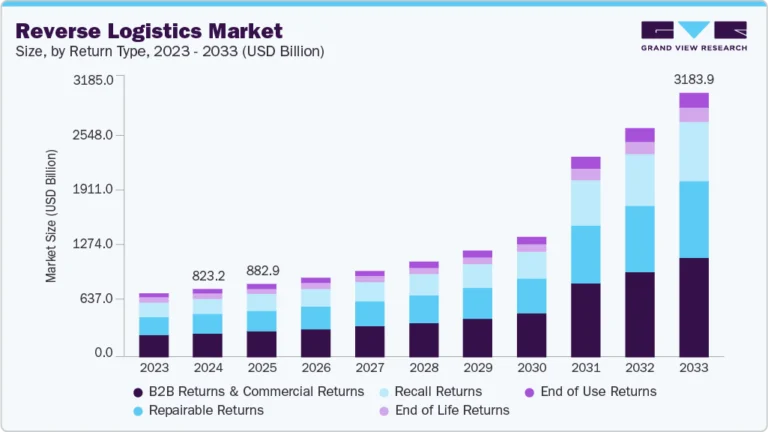Surface Mount Technology Market Size, Share & Trends Analysis growing at a compound annual growth rate (CAGR) of 5.8% from 2023 to 2030

The global surface mount technology market size was valued at USD 5,271.9 million and is estimated to grow at a compound annual growth rate (CAGR) of 5.8% from 2023 to 2030. The market’s growth is expected to be driven by the miniaturization of electronic devices across the globe. The trend towards smaller and more portable electronic devices has led to an increased demand for smaller components, which can only be manufactured using SMT. Miniaturization involves reducing the size of various electronic components, such as resistors, capacitors, and transistors, and integrating them into smaller, more densely packed circuit boards. This is typically achieved through the use of SM, which allows for smaller components to be placed closer together on the circuit board, making the overall device smaller.
Request a free sample copy or view report summary: https://www.grandviewresearch.com/industry-analysis/surface-mount-technology-market-report/request/rs1
SMT is utilized solely to make electrical circuit boards. PCBs are constructed utilizing automated equipment like positioning and inspection, eliminating the need for personal involvement in the assembly process. SMT allows passive and active electronic components to be mounted directly onto the surface of PCBs. As a result, it is critical in the PCB assembly process. SMT has made significant contributions to electronic device mass manufacturing by simplifying PCB assembly procedures. Active components are electronic components capable of controlling the flow of electrical currents, such as transistors, diodes, integrated circuits, and microprocessors. Additionally, active components are widely used in manufacturing various electronic devices, such as smartphones, tablets, laptops, wearables, and IoT devices. Passive components are electronic components that do not require an external power source, including resistors, capacitors, and inductors. Passive components in SMT manufacturing can perform a wide range of functions, such as filtering, decoupling, and voltage regulation. SMT technology manufactures more passive components than active ones owing to the specific dimensions, which measure as little as 0.125 mm by 0.25 mm.
Furthermore, the increasing automation across the industry verticals such as automotive, logistics, e-commerce, and among others is another major factor driving the growth of the market. Additionally, the growth of automation and robotics in the manufacturing sector has made SMT more efficient and cost-effective, as machines can place components with greater precision and speed. Moreover, advancements in automation technology, such as artificial intelligence (AI) and machine learning (ML), have made SMT machines more efficient and accurate, reducing manual labor and improving electronic components’ overall quality and consistency. Automation also offers manufacturers to produce electronic components in larger quantities at a lower cost, which helps to meet the growing demand for electronic devices.
Factors such as the high initial investment, the cost of gear for setting up manufacturing units, and the high frequency and necessity for thermal control can result in market limitations. However, introducing novel assembly processes, such as 3D printing and integrated components, as well as concerns about maintenance, rework, and dependability for SMT-manufactured PCBs, offer hurdles to the market’s expansion. In addition, the need for more environmentally friendly electronic components is growing, creating an opportunity for the SMT market to produce lead-free and RoHS-compliant components that meet environmental standards.
COVID-19 Impact on the Surface Mount Technology market
The COVID-19 pandemic has significantly impacted several industries globally, including the SMT market. The pandemic caused disruptions in global supply chains, leading to delays in delivering components and equipment for SMT manufacturing. Owing to this, manufacturers of SMT equipment have faced challenges in meeting production targets, which has affected the growth of the SMT market. Additionally, the pandemic has caused a shift in consumer behavior, resulting in a surge in demand for electronic devices, such as laptops, smartphones, and gaming consoles. This has led to increased demand for SMT services, as these devices require a high degree of electronic component integration. However, the pandemic has also caused a decline in the automotive industry, which is a significant consumer of SMT services. The reduction in demand for vehicles has resulted in a decline in the demand for SMT services in the automotive sector.
Furthermore, travel restrictions and lockdown measures implemented by various governments have affected SMT manufacturers’ operations, as many have had to limit or suspend their operations due to a lack of workers or logistical challenges. This has resulted in a decrease in SMT equipment and components production, which has impacted the market negatively. Another significant impact of COVID-19 has been the decrease in demand for PCBs in several industries due to the economic slowdown. The automotive and consumer electronics industries, which are significant users of PCBs, have seen a decline in demand due to supply chain disruptions and reduced consumer spending thus significantly impacting the SMT market. Furthermore, travel restrictions and lockdown measures implemented by various governments have affected SMT manufacturers’ operations, as many have had to limit or suspend their operations due to a lack of workers or logistical challenges. Overall, the COVID-19 pandemic has had a mixed impact on the SMT market. While it has increased the demand for SMT services in the consumer electronics sector, it has also caused disruptions in supply chains and manufacturing operations, leading to a decline in the market’s growth. As the pandemic continues to evolve, it remains to be seen how the SMT market will be impacted in the future.






